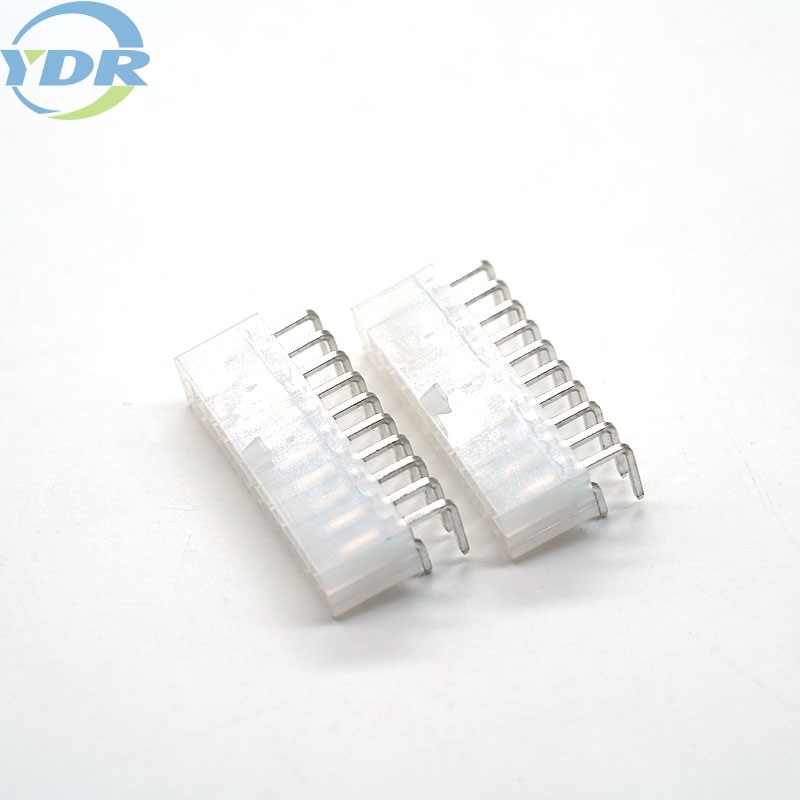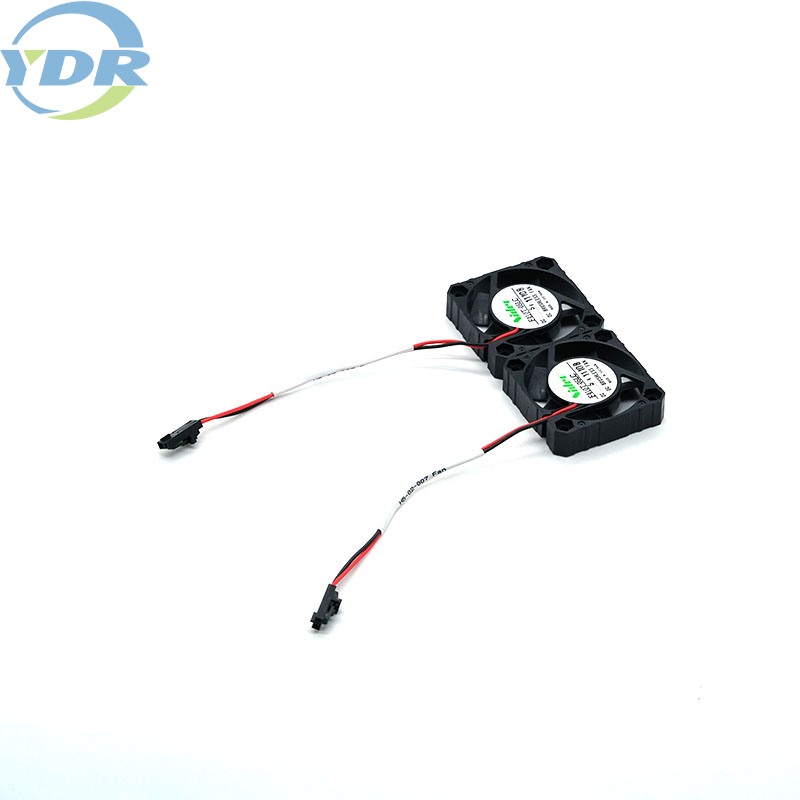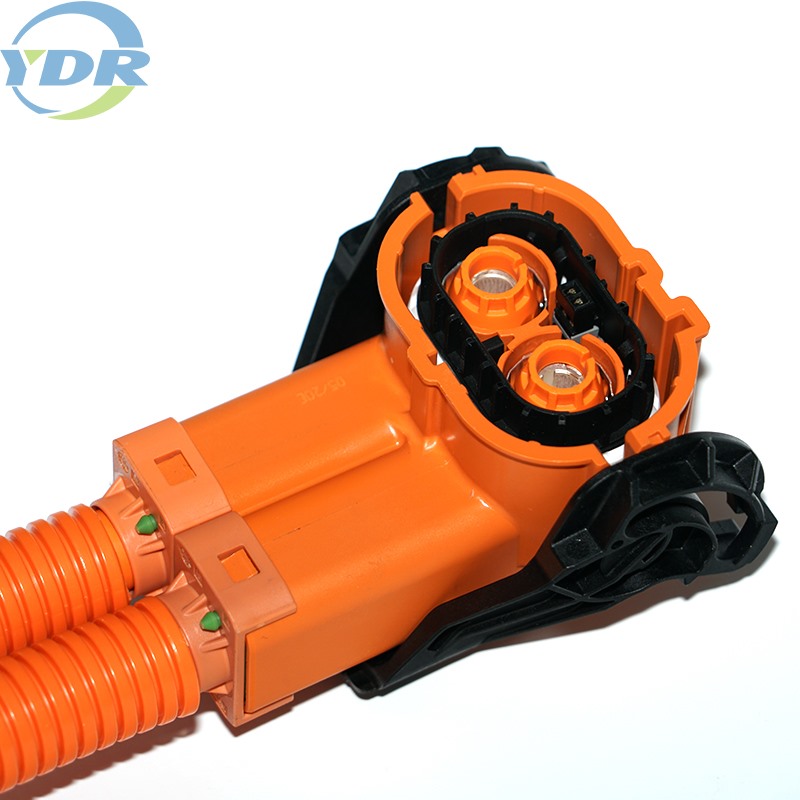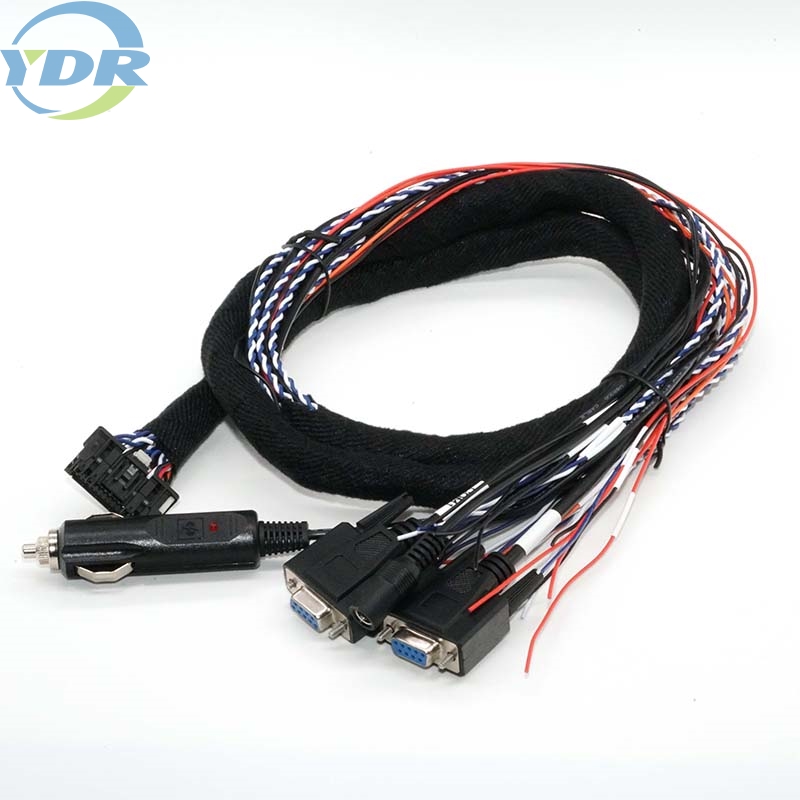The unassuming battery connector plays a vital role in our everyday lives. These essential components act as the bridge between batteries and the devices they power, ensuring a smooth and secure flow of electricity. From the miniature battery connectors found in your smartphone to the heavy-duty versions used in industrial applications, these connectors come in a variety of shapes, sizes, and configurations to suit diverse needs.
Understanding Battery Connectors: Function and Design
At its core, a battery connector provides two key functions:
Electrical Connection: The connector establishes a physical and electrical connection between the battery's terminals (positive and negative) and the device it powers. This allows for the controlled flow of electricity from the battery to the device.
Mechanical Connection: The connector provides a secure mechanical connection between the battery and the device. This ensures the battery stays firmly in place during operation and prevents accidental disconnection.
Battery connectors come in various designs, each with its own advantages and applications:
Plug-and-Play Connectors: These user-friendly connectors offer a simple and convenient way to connect and disconnect batteries. They often feature a male and female plug design that clicks securely into place. Common examples include the battery connectors found in laptops, cameras, and children's toys.
Screw Terminal Connectors: These robust connectors provide a more permanent and secure connection for high-drain applications or situations where vibration might occur. They utilize screws to establish a tight connection between the battery terminals and the device's contacts. Battery connectors of this type are often used in industrial equipment, power tools, and some car audio systems.
Solder Tab Connectors: For applications requiring a compact and low-profile connection, battery connectors with solder tabs might be used. These connectors consist of small metal tabs that are soldered directly to the circuit board of the device. While offering a permanent connection, they require soldering skills for installation.
Choosing the Right Battery Connector
When selecting a battery connector, consider the following factors:
Battery Type and Size: Ensure the connector is compatible with the specific battery type (e.g., AA, AAA, Li-ion) and its size (voltage and capacity).
Application and Current Rating: The connector's current rating should be sufficient for the amount of current the device will draw from the battery. Using a connector with an inadequate current rating can lead to overheating and potential damage.
Ease of Use and Safety: Consider the ease of connecting and disconnecting the battery connector. For applications requiring frequent battery changes, a user-friendly plug-and-play design might be preferred. In situations with high currents or potential safety hazards, a secure screw terminal connector might be a better choice.
Beyond the Basics: Special Considerations for Battery Connectors
Certain applications might require battery connectors with additional features:
Polarity Protection: Some connectors incorporate features to prevent accidental reverse polarity connection, which can damage the device.
Locking Mechanisms: For applications where accidental disconnection could be critical, battery connectors with locking mechanisms might be necessary.
Conclusion: The Essential Role of Battery Connectors
Battery connectors, though often small and overlooked, play a crucial role in ensuring the proper functioning of countless devices. By understanding the different types of battery connectors and their functionalities, you can make informed choices when selecting connectors for your projects or replacing them in your devices. So, the next time you replace a battery in your smartphone or tinker with a DIY project, remember the importance of the battery connector – the silent hero facilitating the flow of power.

 English
English  Español
Español  Português
Português  русский
русский  Français
Français  日本語
日本語  Deutsch
Deutsch  tiếng Việt
tiếng Việt  Italiano
Italiano  Nederlands
Nederlands  ภาษาไทย
ภาษาไทย  Polski
Polski  한국어
한국어  Svenska
Svenska  magyar
magyar  Malay
Malay  বাংলা ভাষার
বাংলা ভাষার  Dansk
Dansk  Suomi
Suomi  हिन्दी
हिन्दी  Pilipino
Pilipino  Türkçe
Türkçe  Gaeilge
Gaeilge  العربية
العربية  Indonesia
Indonesia  Norsk
Norsk  تمل
تمل  český
český  ελληνικά
ελληνικά  український
український  Javanese
Javanese  فارسی
فارسی  தமிழ்
தமிழ்  తెలుగు
తెలుగు  नेपाली
नेपाली  Burmese
Burmese  български
български  ລາວ
ລາວ  Latine
Latine  Қазақша
Қазақша  Euskal
Euskal  Azərbaycan
Azərbaycan  Slovenský jazyk
Slovenský jazyk  Македонски
Македонски  Lietuvos
Lietuvos  Eesti Keel
Eesti Keel  Română
Română  Slovenski
Slovenski  मराठी
मराठी  Srpski језик
Srpski језик 





